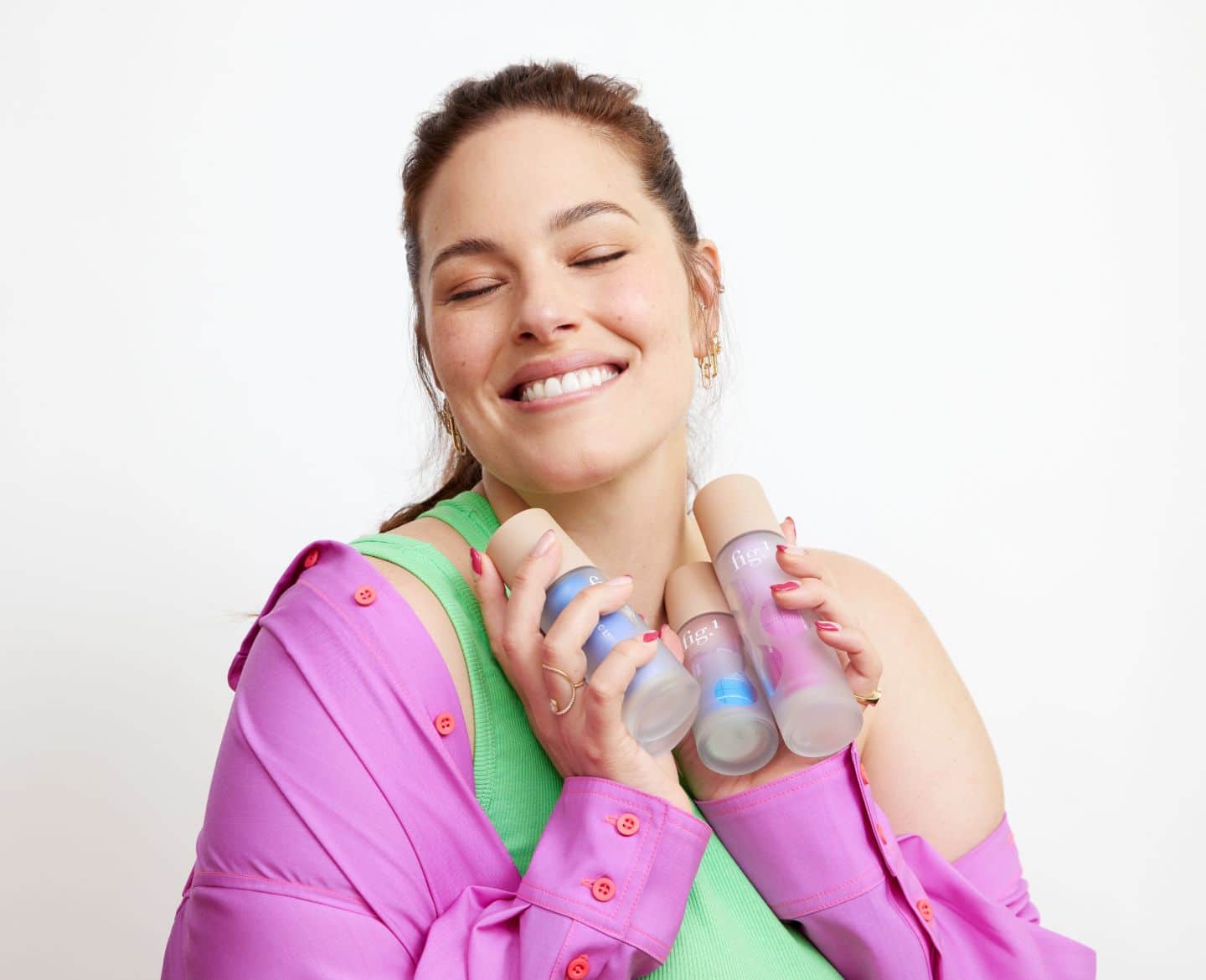8 summer skincare myths debunked

How to keep your child's skin safe this summer, mama.
Table of Contents
- Myth 1: Darker complexions do not need as much sun protection.
- Myth 2: A daily moisturizer with sunscreen will give you all day coverage and protection.
- Myth 3: You don't have to wear sunscreen on cloudy and overcast days.
- Myth 4: You don't need sun protection for your body because you are wearing clothing.
- Myth 5: Sun exposure next to a window or inside a car is not harmful.
- Myth 6: Children can spend all day outside—they don't need to worry about the sun as much as adults.
- Myth 7: Sunglasses are just for looks.
- Myth: 8: The higher the SPF, the better the sun protection.
As summer quickly approaches, we all look forward to spending more time outdoors in the sun, especially with our kiddos. While we all look forward to the magic of summer, we also know that it brings about new worries, especially when it comes to the heat and sun. So we thought we’d go ahead and talk through some of the most common skin care myths—and how to take the best care of your skin.
Myth 1: Darker complexions do not need as much sun protection.
Fact: Damaging UV rays can penetrate all types of skin, regardless of your ethnicity, so even people with dark skin need sunscreen.
Although the incidence of skin cancer is lower in African-Americans and Hispanics than in Caucasians, studies have shown that skin cancers detected in darker skinned individuals are often detected at a later stage—which can make it riskier.
The best time to start protecting one’s skin is from a young age. It is important that parents teach the importance of sun protection and being sun smart to their children. As the harmful effects of UV exposure are cumulative, early education and prevention are key.
Myth 2: A daily moisturizer with sunscreen will give you all day coverage and protection.
Fact: Sunscreen, no matter the form, needs to be reapplied every 2 hours.
Studies show that most individuals do not apply enough sunscreen and do not reapply as often as they should. The protection from sunscreen fades within a few hours. Sunscreen should be reapplied every two hours and/or after sweating or getting wet.
And make sure to check the bottle of your sunscreen. New FDA labeling guidelines require manufacturers to label the duration that a sunscreen is water-resistant for.
Myth 3: You don’t have to wear sunscreen on cloudy and overcast days.
Fact: Despite popular belief, one still needs to wear sunscreen on a cloudy day. UV rays penetrate through the clouds and can cause sun damage and premature aging. Sun protective clothing is a good way to protect yourself without having to put on sunscreen on the covered areas—and protection lasts all day (unlike sunscreen).
Myth 4: You don’t need sun protection for your body because you are wearing clothing.
Fact: A typical cotton or linen t-shirt only has an SPF of five. This means you can still get sunburned through your shirt. To protect yourself consider wearing sun protective fabrics. There are fashionable options out there which provides UPF 50+ (The letters UPF refer to how much UV ray radiation is absorbed by the fabric). The skin cancer foundation has some great tips and advice on UPF rated clothing, which you can check out here.
Myth 5: Sun exposure next to a window or inside a car is not harmful.
Fact: UVA rays go through glass and can cause damage to the skin. UV radiation from the sun consists of UVA and UVB. Glass typically blocks UVB rays, however, the deeper penetrating UVA rays go through glass and can still cause damage to the skin. This is why truck drivers or those that drive extensively can have more sun damage and more skin cancers on the left side of the face and the left arm.
Be sure to have sunscreen on your face when you’re in the car, or wear sun protective fabrics. In addition, parents should consider getting the car windows tinted with UV blocking material or using detachable UV shields on the side that their kids sit.
Myth 6: Children can spend all day outside—they don’t need to worry about the sun as much as adults.
Fact: While research shows that children who play outside are more active and generally have a lower risk of childhood obesity, choose your outdoor times carefully or seek shade for outside play. UV rays are strongest and most harmful during midday, so it’s best to plan indoor activities then.
If this is not possible, seek shade under a tree, an umbrella or a pop-up tent. And always apply sunscreen. Use sunscreen with at least SPF 15 and UVA and UVB (broad spectrum) protection every time your child goes outside.
For the best protection, apply sunscreen generously 30 minutes before going outdoors. Don’t forget to protect ears, noses, lips, and the tops of feet.
Myth 7: Sunglasses are just for looks.
Fact: Wear sunglasses for style and health of eyes. Sunglasses protect your eyes and your children’s eyes from UV rays, which can lead to cataracts later in life. Look for sunglasses that wrap around and block as close to 100% of both UVA and UVB rays as possible.
Such sunglasses also protect the skin around the eyes from UV exposure which can increase the risk for skin cancers. The lower eyelid is particularly at risk as it tends to get more sun than the upper eyelid.
Myth: 8: The higher the SPF, the better the sun protection.
Fact: Higher SPF only gives you a marginally improved UV protection. It’s easy to think that sunscreens with SPF 70 or 100 would provide better coverage. But a higher SPF may actually give you a false sense of protection (and you may stay out longer in the sun or forget to reapply sunscreen after getting out from the water), thus you may actually burn more.
What’s more important is that your sunscreen is broad spectrum, meaning that it blocks UVA and UVB, and that you reapply every two to three hours as recommended or after the skin gets wet from water or sweating.
Stay safe, and have fun out there!





































